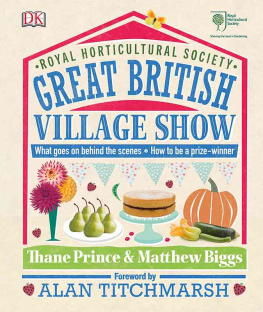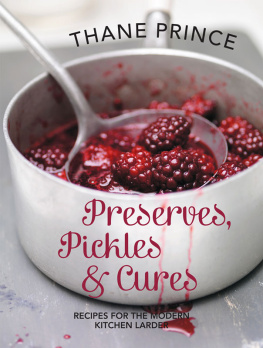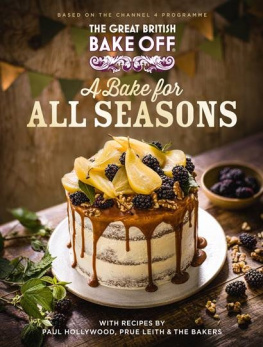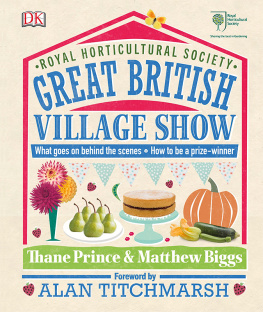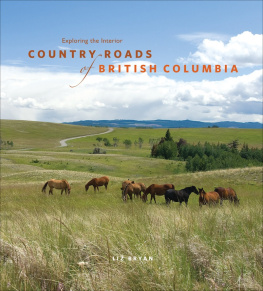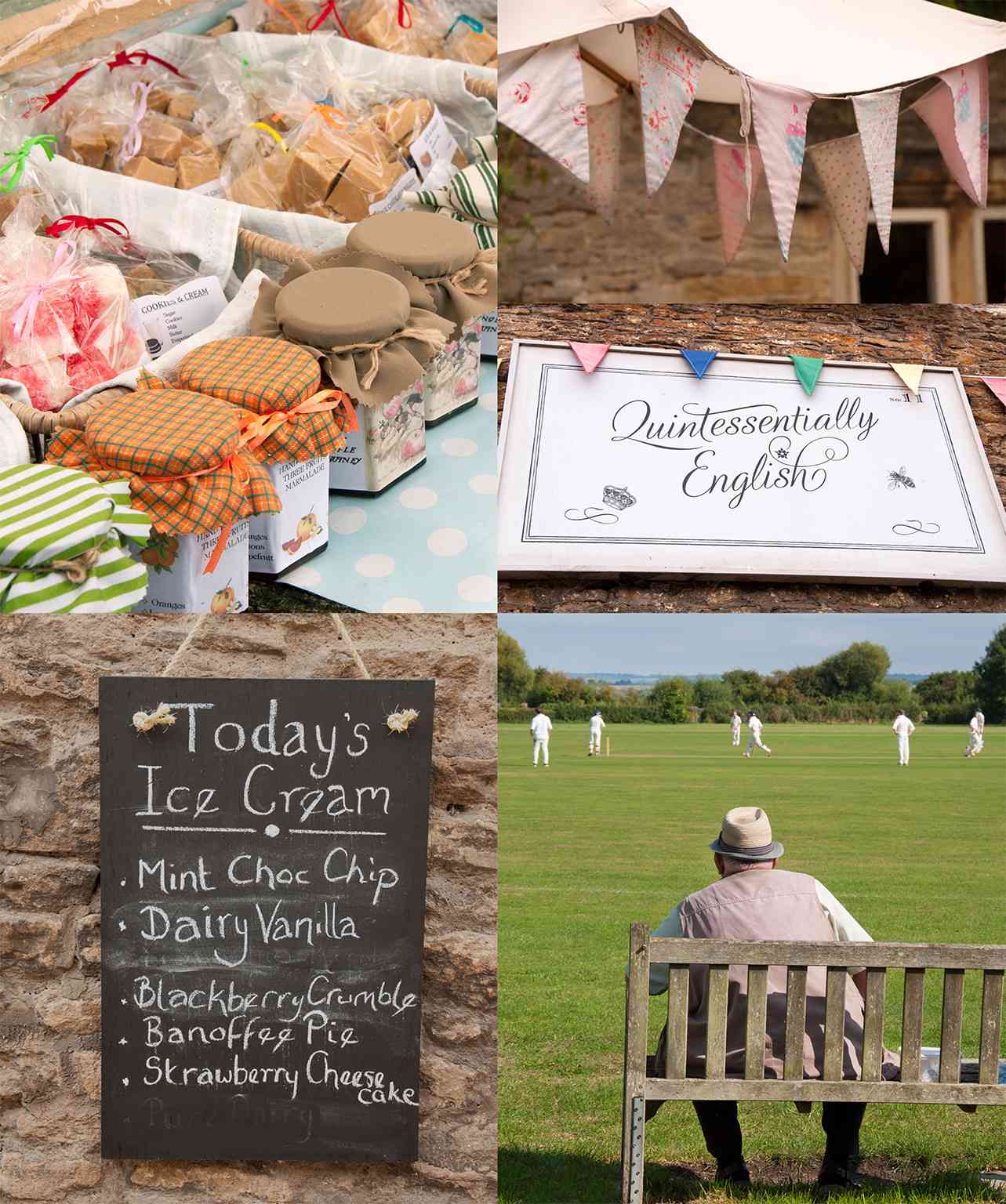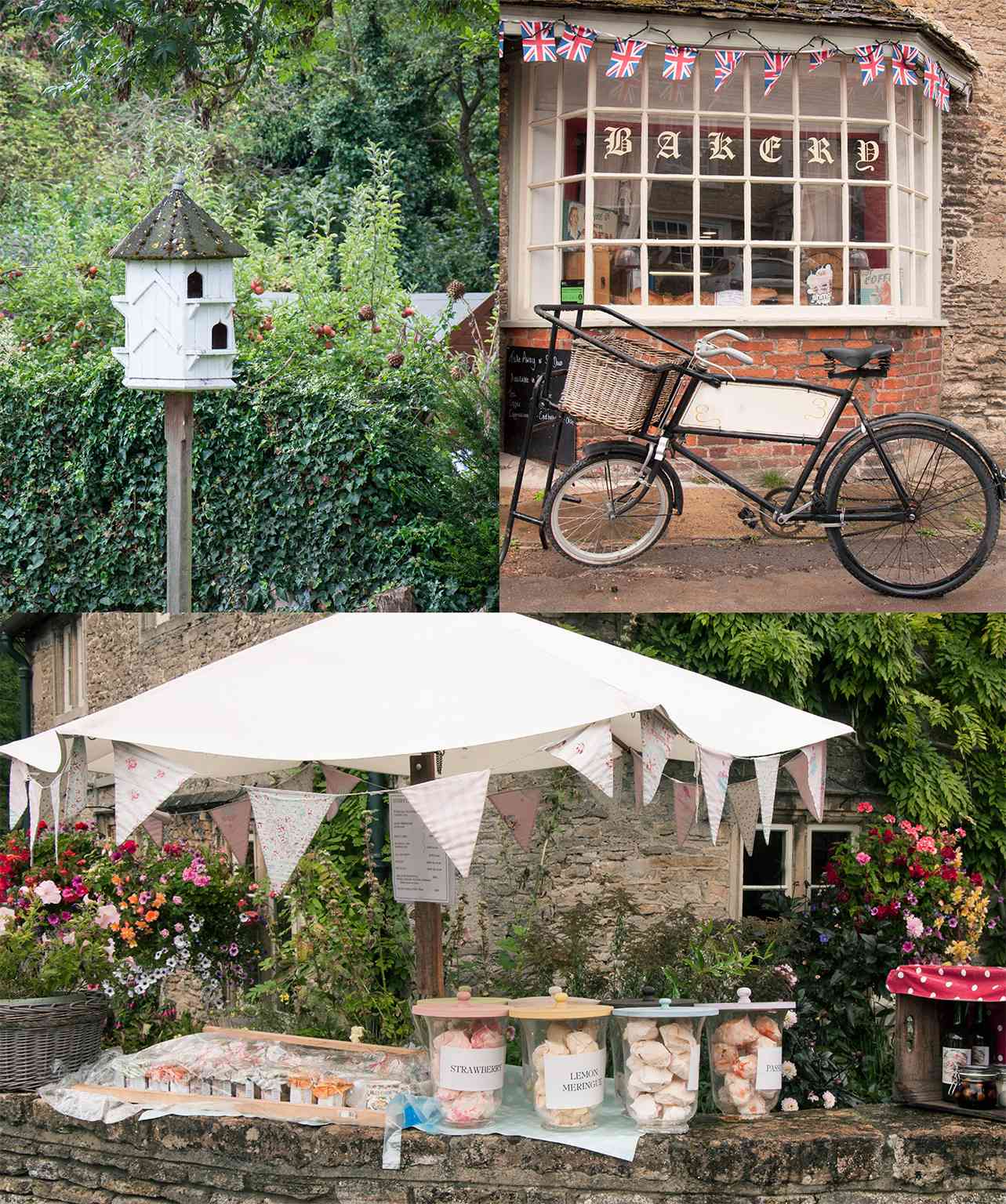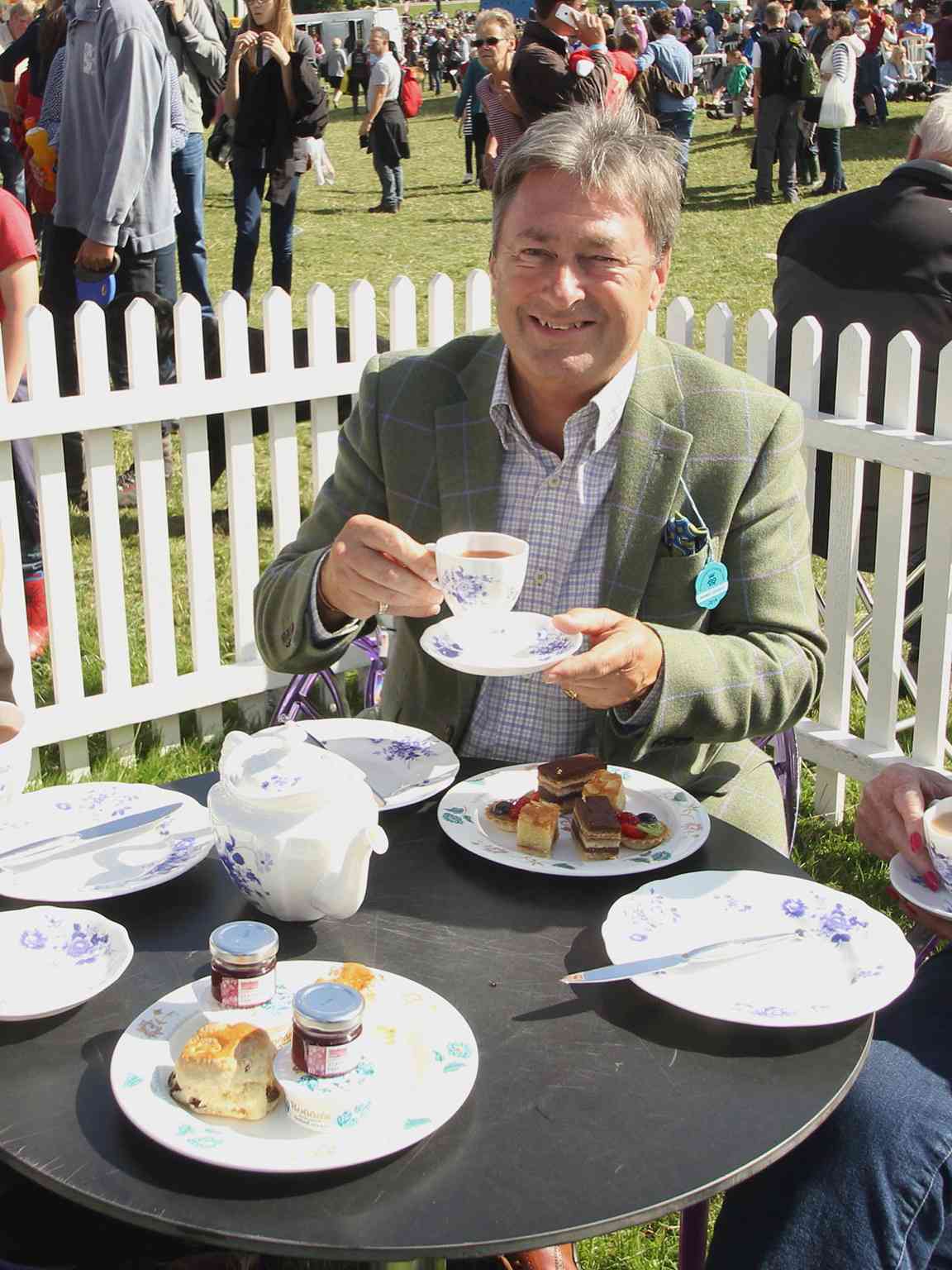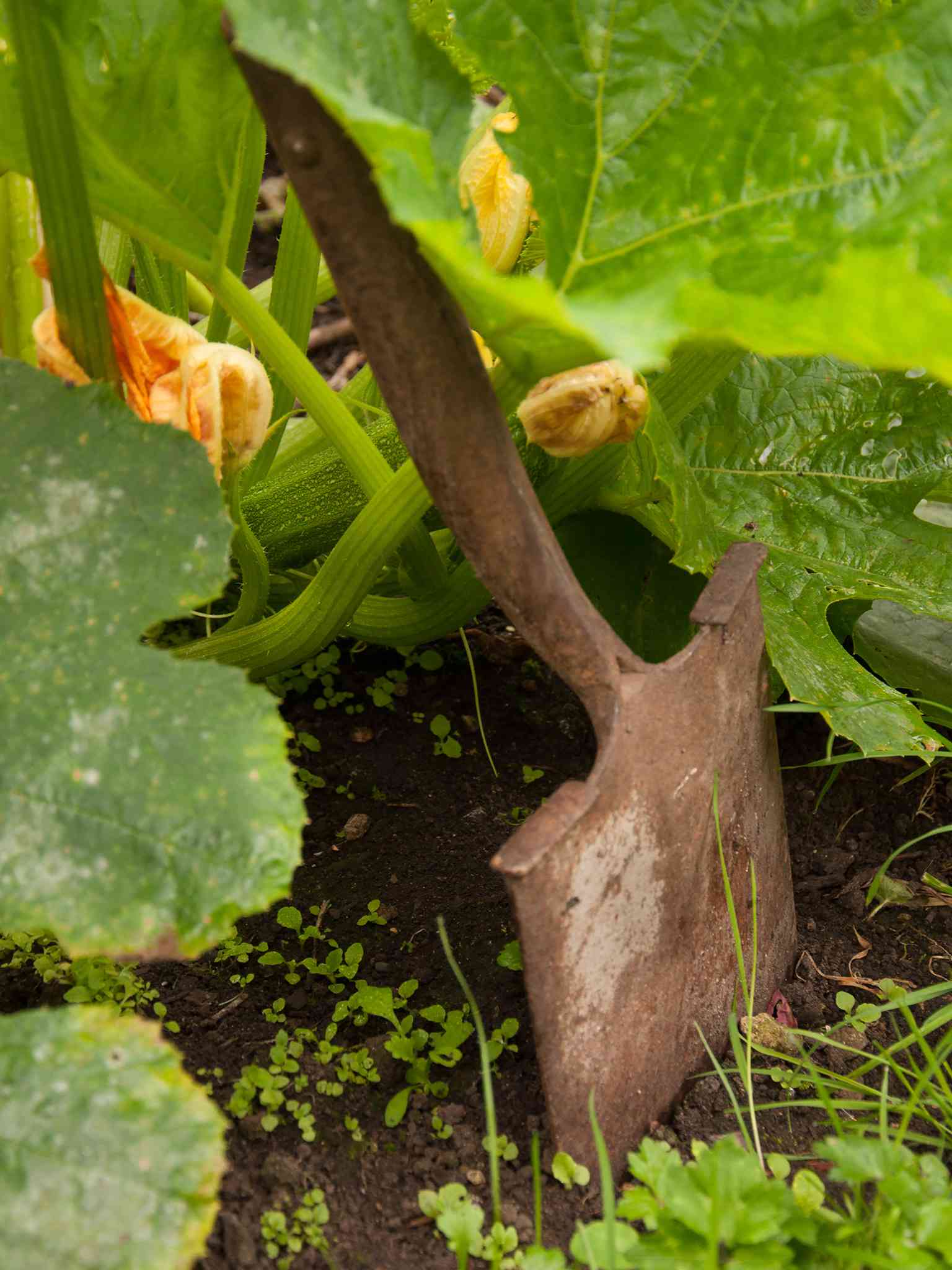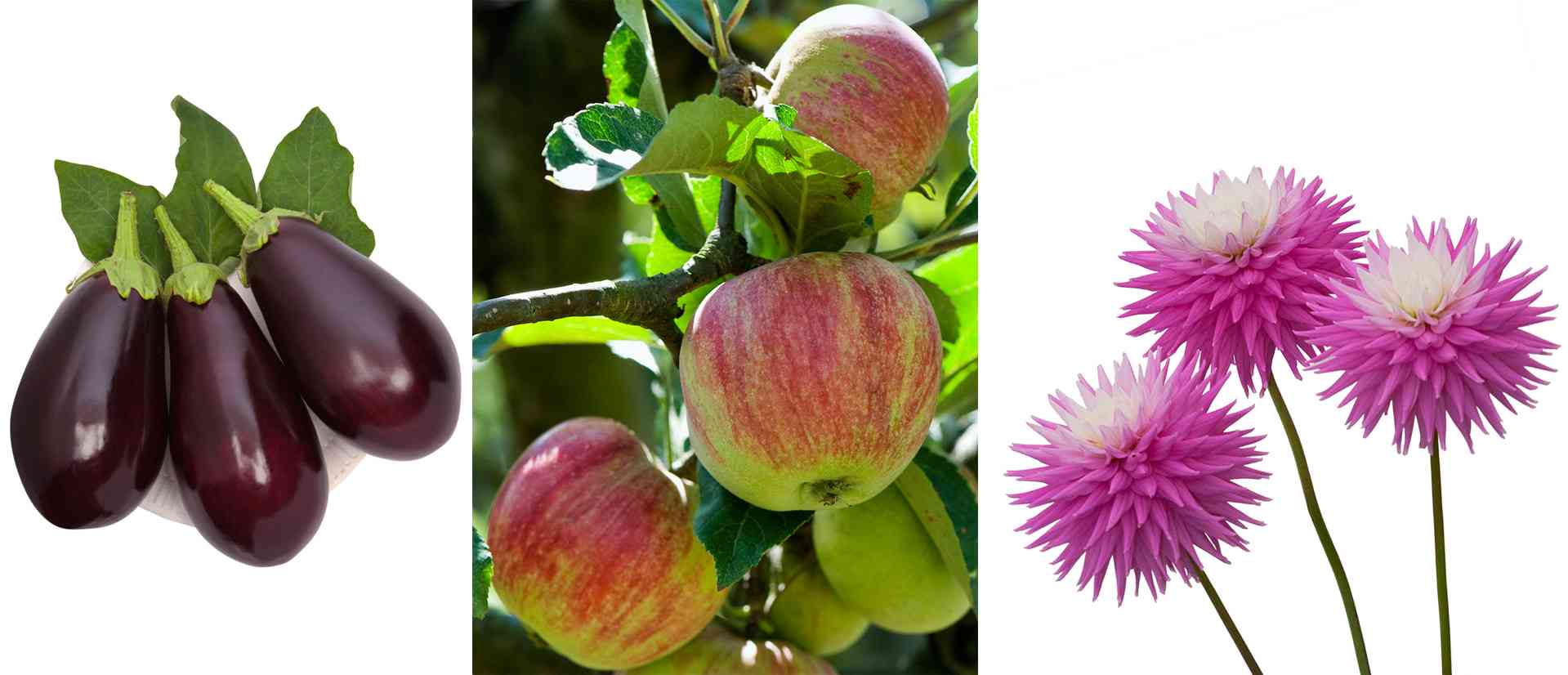Contents
Guide
Contents
Foreword by Alan Titchmarsh
There is nothing else like it on earth. The Olympic Games simply cannot compete with the tensions, the pressure, the rivalry and the subsequent triumphs encountered at the Great British village show. It is here, under canvas or the rafters of the village hall, that bakers of Victoria sponges, makers of jams and marmalades and growers of gooseberries and unreasonably long parsnips compete for local notoriety and the respect accorded to those who are best in their field or their kitchen.
But there is more to the village show than rivalry. Yes, emotions come to the fore, and occasionally friendships might be strained, but above all the growing of fruits and vegetables, flowers and plants, and the creation of cakes and biscuits, pastries and preserves, is a celebration of what it means to be part of a community that values the skills necessary to grow things and cook things. And that, for me, is why the village show is unique: it not only celebrates bakers and cooks (and I speak as someone who loves eating), but it also applauds those who cultivate their ingredients. It is a marriage of skills and a moment in the year when those in the community can get together and demonstrate their craftsmanship and know-how.
In a world that seems to be increasingly distanced from rural life, a village show demonstrates in its own simple way the continued loyalty to the traditions of the countryside the cultivation of food and the creativity involved in bringing it to the table.
We can all marvel at the largest cabbage and pumpkin, and at a lattice tart or Simnel cake of such perfection that we know it would be beyond our own powers to create; but we are enriched by the fact that there are those among us who are possessed of these skills. The great thing about this book is the generosity shown by those who are at the top of their game when it comes to making jams and cakes and growing fruit and vegetables that regularly win the scarlet rosette. Within these pages you will find their advice a mixture of sound common sense and insider know-how that might just persuade you to take part in your own local show. It is all too easy to stand on the sidelines and admire, and to be intimidated by what we see laid out on doilies and shining plates. But no-one to my knowledge has ever been mocked for entering a village show. Far from it; you will be welcomed with open arms. Youll also find that competing broadens your skills, improves your growing and baking techniques and helps bind a local community together.
Taking part in a village show is the best demonstration that we care about our gardens, our countryside and our rural communities. And if your sponge falls flat and your tomatoes dont make the grade, dont worry; you can still take them home and eat them. Good luck!
Alan Titchmarsh MBE VMH DL
Vice-President, Royal Horticultural Society
Growing for the Show
Matthew Biggs
At any village show youll see super-keen gardeners with entries in every category alongside first-timers tentatively offering up one or two exhibits. All are welcome, whatever their experience.
Plan early to boost your chance of winning. Do think carefully about the classes you want to enter and work out how much time you can realistically spend on nurturing your crop beware of being overambitious. Unless you have your own favourites already, its generally a good idea to grow cultivars that are proven show-winners.
Attention to detail can be key. Give your plants what they need to thrive, then keep a constant eye on them, and stay one step ahead of pests and diseases. Experienced growers prepare raised beds for their root veg, devise secret compost recipes to bring on their crops, and tap into traditional techniques in an effort to receive that single extra winning point ahead of their rivals.
Prepare to catch the exhibiting bug. Talk to any village show veteran and they will say the same thing: After a few wins, I became hooked. Its the buzz of success not to mention local bragging rights that will bring you back year after year.

